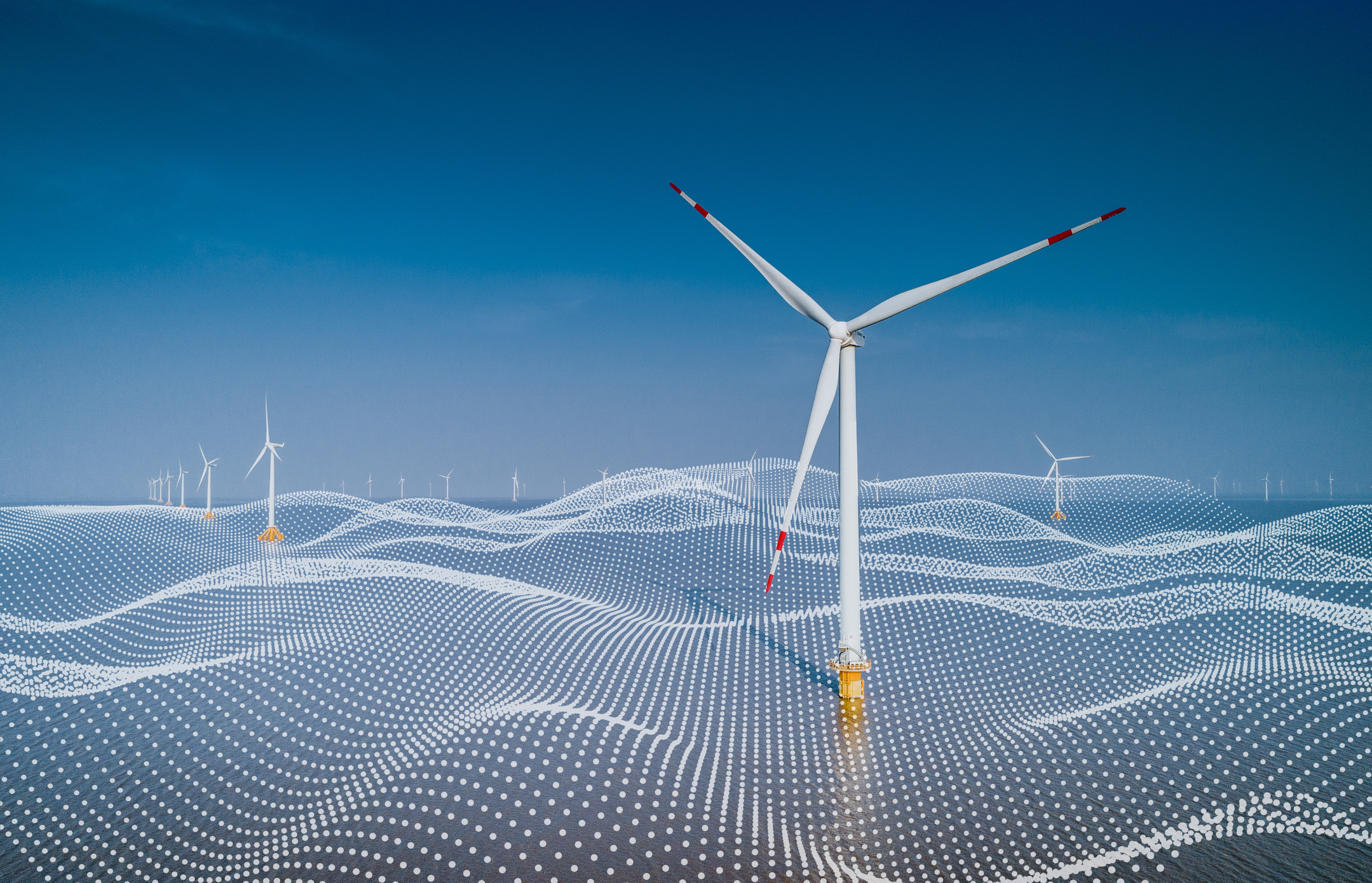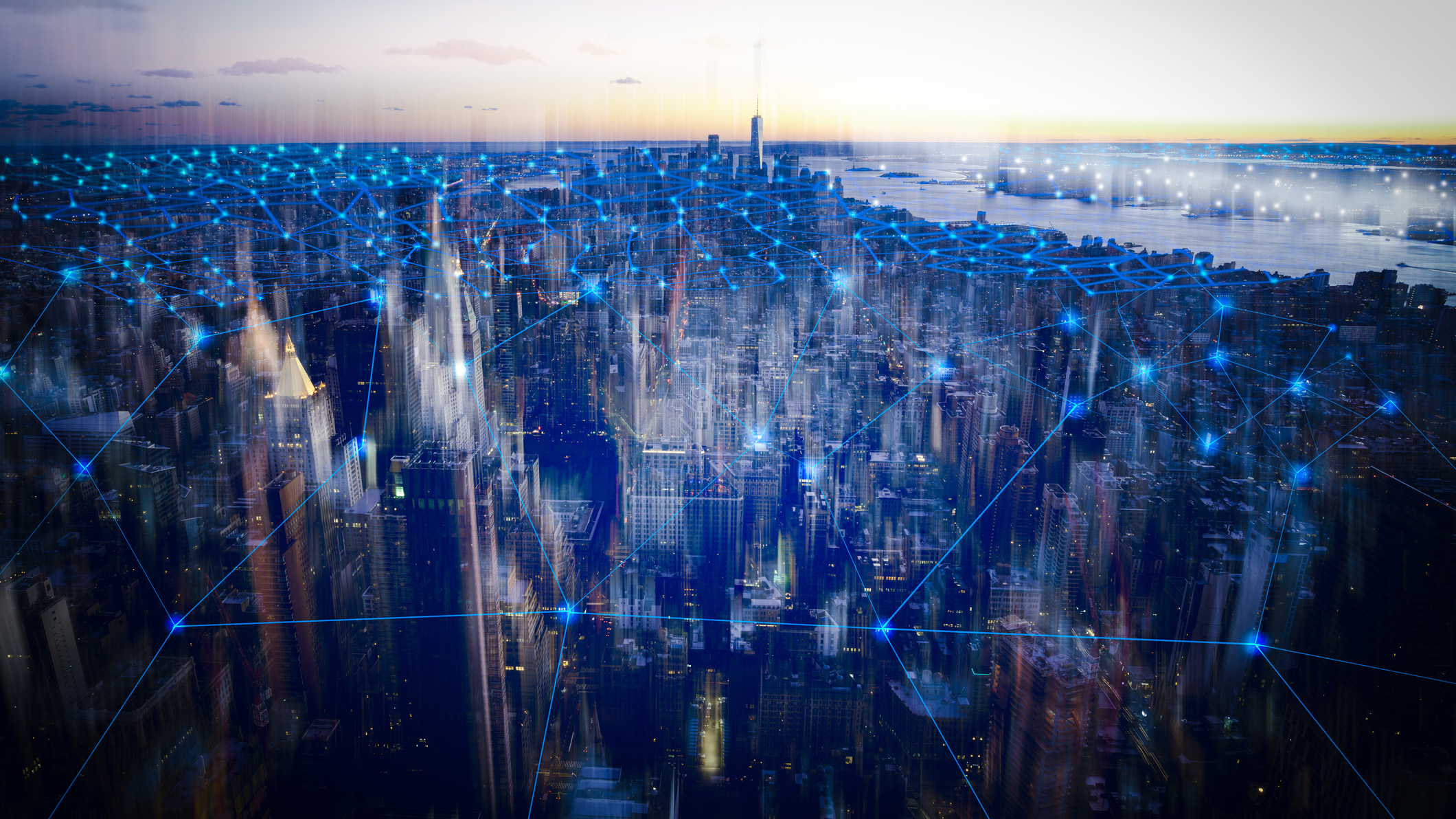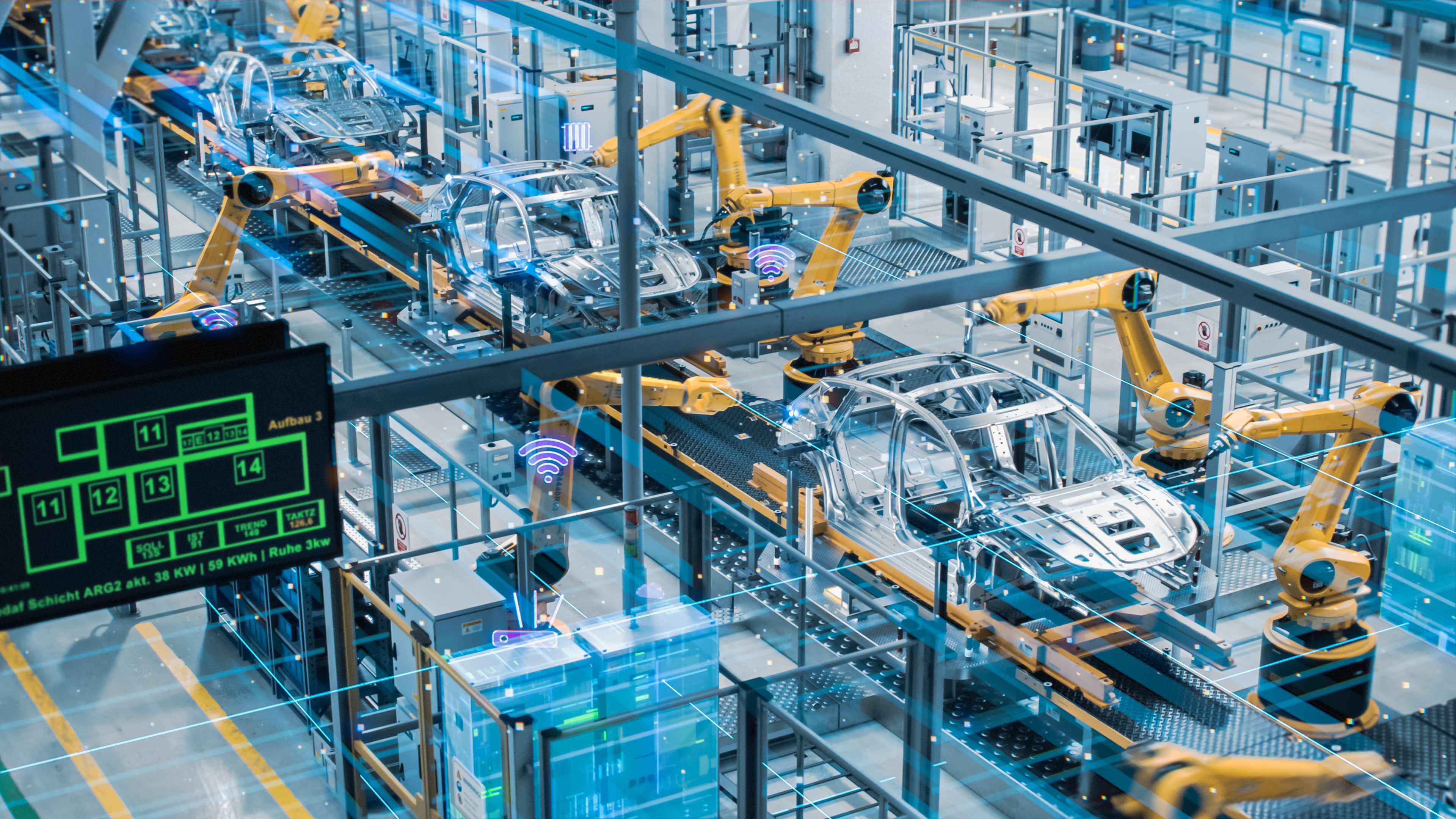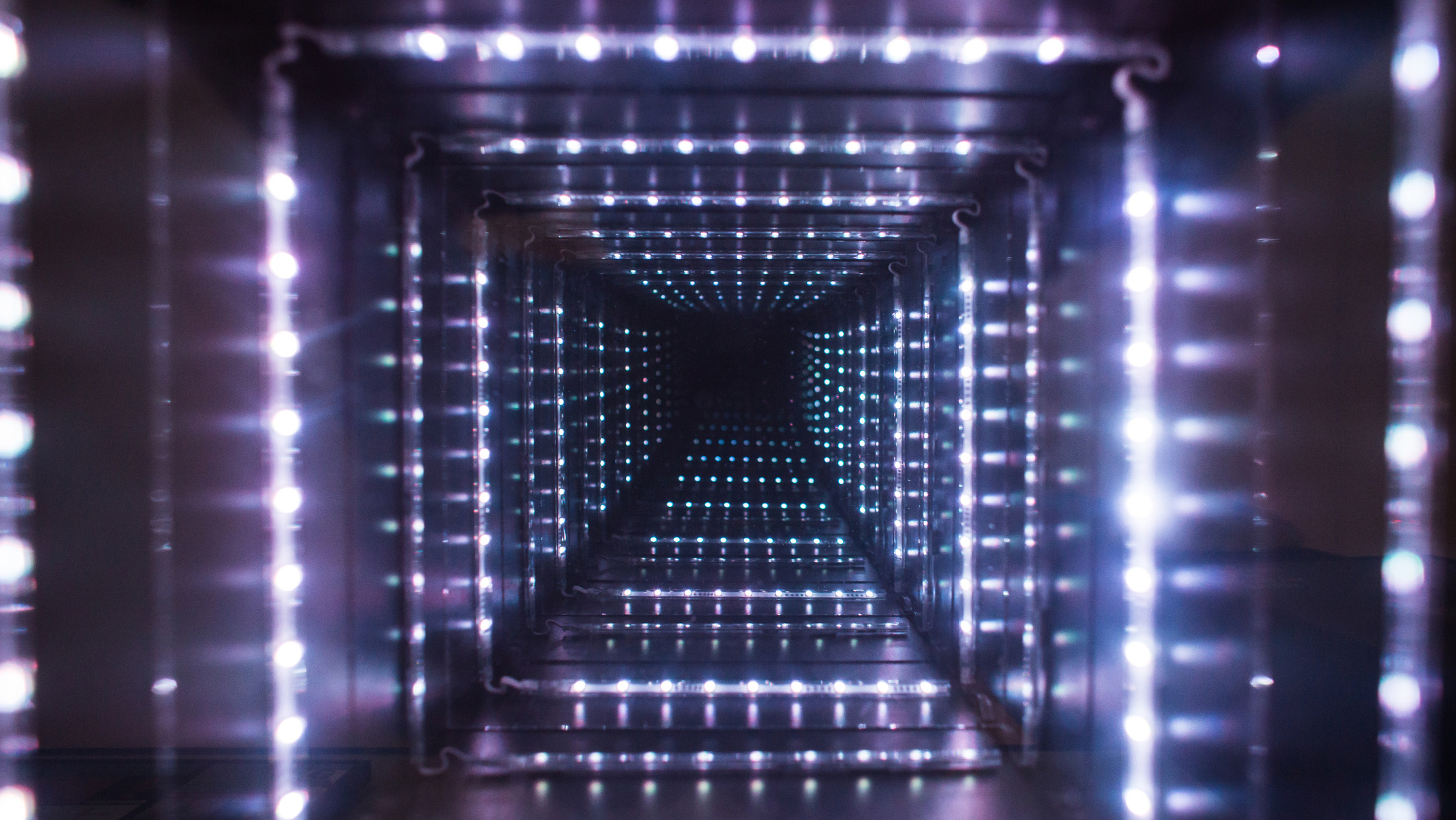What is the Industrial Internet of Things (IIoT)?
Improved connectivity between machines and processes driven by the Industrial Internet of Things (IIoT) gives businesses better insight and control over their environments


As the vast web of internet-connected devices known as the Internet of Things (IoT) has grown, so too has the Industrial Internet of Things (IIoT). Whereas IoT can refer to consumer devices or non-business-critical hardware, IIoT is used to describe the use of sensors to measure and automate machinery across an industrial environment such as a manufacturing plant.

You often hear the IIoT mentioned alongside terms like smart manufacturing or industry 4.0, but it can more accurately be thought of as the operating system that runs them. In essence, the IIoT is the digital infrastructure that lets manufacturing/industrial tools share and report on their use in a meaningful way.
The IoT has been something of a dry run for the IIoT. The underlying code is the same in principle, but the difference within the multimillion-dollar domain of manufacturing and industry is the types of tools that connect, the volume of information they produce, and the need to secure and interrogate them far more deeply than we do with consumer-facing tech.
The IIoT continues to grow, at pace. Although the number of internet-connected people is always growing, there are only eight billion of us. By the end of 2024, there will be approximately 207 billion IoT devices worldwide, per an October 2023 report by Forbes. A large slice of that pie will be occupied by IIoT networks and devices, with the global IIoT market forecast to hit $525.2 billion (£410.4 billion) by 2028 per Statista figures.
How IIoT forms the backbone of smart industry
The IIoT is already deeply entrenched in industries like energy, mining, manufacturing, transport, and healthcare. Like any other data system, from your mobile phone to a rocket launch, it all boils down to digital inputs and outputs, with the examples as varied as the users.
On the factory floor, this could mean keeping track of products as they are assembled, or the status of autonomous robots as they navigate the environment. For example, a packing robot could tell the network when a gripper is vibrating or coming loose, letting you stop production for just long enough to replace it rather than shutting down and incurring a long (and costly) delay after a catastrophic failure.

The Industrial Internet of Things (IIoT) plays a crucial role in modern automated manufacturing environments.
But the IIoT extends further than just manufacturing environments. Green energy businesses operating fleets of wind turbines use IIoT sensors to report on their operating efficiency, alerting operators when repairs are needed and giving turbine-by-turbine insights into operation. This is especially crucial for the oversight and ongoing maintenance of offshore wind farms, which can be made up of hundreds of turbines more than 50 miles offshore.
Sign up today and you will receive a free copy of our Future Focus 2025 report - the leading guidance on AI, cybersecurity and other IT challenges as per 700+ senior executives
IIoT sensors can also provide live updates on factors outside your industrial environment, such as the arrival of a fleet of delivery trucks. This lets businesses improve routes and optimize supply chains.
How does IIoT work?
All of the benefits of the IIoT are possible thanks to sensors hooked up to every aspect of a physical workflow. Each tool in the process can record and report on inputs, outputs, location, temperature, wear and tear, and countless other measurements. The sensors take their readings and transmit them in a common language across a network, just like your laptop sends information throughout circuits using the common language of the Windows, macOS, or Linux operating systems.
The data is transmitted across a network, anything from a dedicated wired LAN environment to a public (hopefully encrypted) 5G signal. Businesses are increasingly pairing IIoT devices with a private 5G network for improved latency and pairing cloud-linked sensors with those capable of edge computing. The software then takes over, collecting and synthesizing the information into a workable form that gives you the overall insight you're looking for – think of an analytics suite calculating the performance of your entire online presence from your website to social media.
RELATED WEBINAR
Data can be fed directly into other systems or presented to a user for holistic oversight. The interface layer presents the results to the user, such as through a browser portal on a PC screen or in an interactive format embedded within a business' own software platform. In the most recent systems, it may even be accessible via a chatbot or AI copilot.
The IIoT takes a snapshot of any or all parts of your operation, letting you identify and zero in on individual components or tools that could be performing better, so your process overall benefits from higher speed, more efficiency, better productivity, more robust safety, or any number of other metrics.
The future of the IIoT across sectors
As the IIoT becomes more widespread, it's generating practices, procedures, and processes that are making it more innovative and enhancing systems across the tech sector.
As interest in green data centers and energy efficiency grows, the IIoT also has a large part to play. Sensors can be used to measure the temperature within data centers, track data center availability, or identify the most demanding workloads. IIoT sensors will be a core factor in helping tech leaders measure sustainability performance.
Firms that create a digital twin, a 3D virtual representation of a building, power plant, factory floor, etc, can inform this simulation in real time using live data from IIoT sensors. The digital twin gives you vastly expanded powers to improve. Whether it's concepting and testing workflow changes before you deploy them or simulating a change in location or inputs, a digital twin gives you a virtual build of your business to play with endlessly for little more than the requisite compute cost.
Another is the hyper-connected world of the cloud. As cloud networks become more widespread and robust across industries, IIoT information from one company or actor can connect with datasets of countless customers, suppliers, and partners for everyone's benefit.
In just one example, sales information from way downstream that reports on how many customers are buying your product can be fed back to the factory floor, automatically increasing or decreasing the speed of production to suit so you don't run out of stock or end up with expensive warehouses full of it.
More people have more insight into industrial procedures than ever before, which will let us build things better, more safely, and more sustainably on a collective basis.
Such vastly expanded datasets will also be the natural home of AI technologies. Big data is so named because the datasets involved are too vast for humans to synthesize and process. Sifting through IIoT data about (for instance) the carbon emissions of the global automotive manufacturing industry to find ways to build better will be where machine learning (ML) algorithms and big data analytics shine.

The industrial world is full of internet-connected things and as the years go on it relies on data as much as any of its more tangible parts. The IIoT will play a pivotal role in the sector’s future and help businesses optimize processes to an increasing degree.

Drew Turney is a freelance journalist who has been working in the industry for more than 25 years. He has written on a range of topics including technology, film, science, and publishing.
At ITPro, Drew has written on the topics of smart manufacturing, cyber security certifications, computing degrees, data analytics, and mixed reality technologies.
Since 1995, Drew has written for publications including MacWorld, PCMag, io9, Variety, Empire, GQ, and the Daily Telegraph. In all, he has contributed to more than 150 titles. He is an experienced interviewer, features writer, and media reviewer with a strong background in scientific knowledge.


